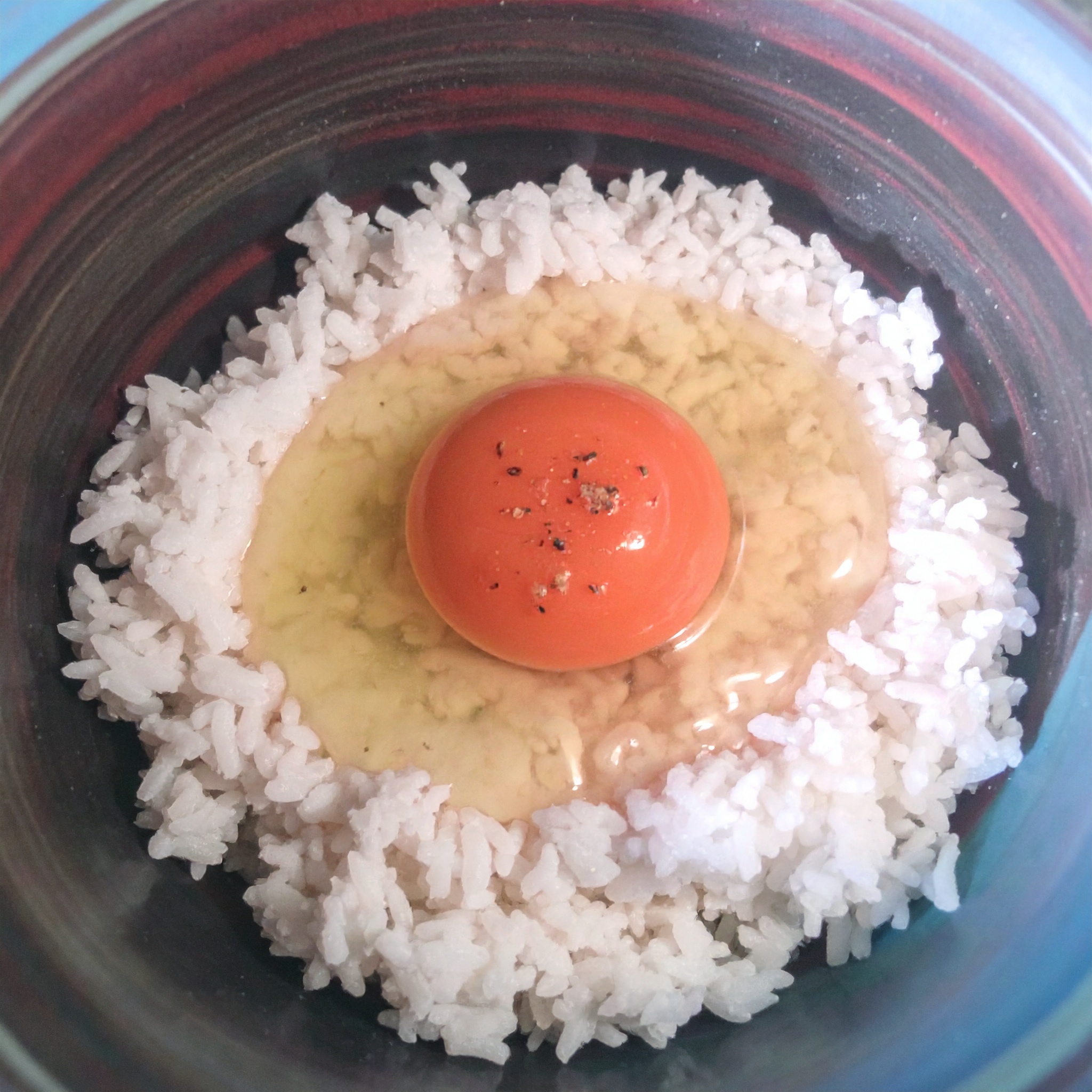In Japan, tamago kake gohan—or “TKG,” raw egg mixed with freshly cooked rice—is a beloved and familiar household dish. While it may seem unusual or even alarming to those unfamiliar with eating raw eggs, TKG has long been a staple of the Japanese breakfast table. Behind this cultural norm lies a unique blend of culinary simplicity, national food safety standards, and an appreciation for natural flavor.
The primary reason TKG is possible in Japan is the country’s exceptionally high standards for egg safety. From poultry farming to distribution, Japan’s egg industry follows strict hygiene protocols that minimize the risk of salmonella and other pathogens. As a result, eating raw eggs within their freshness window is not just accepted—it’s expected. This level of trust in food safety is rare worldwide and key to the TKG experience.
Flavor-wise, TKG offers a simple yet deeply satisfying combination. The warmth of just-cooked rice meets the smooth richness of a raw egg, balanced by the savory umami of soy sauce. For many Japanese people, it represents the ultimate minimalist meal—one that needs nothing more than its basic ingredients. At the same time, TKG invites personal variation: toppings like seaweed, chopped scallions, or bonito flakes allow for endless customization, making each bowl a personal culinary ritual.

Of course, TKG isn’t for everyone. Some may be put off by the texture or the cool, slippery sensation of raw egg. Outside of Japan, raw eggs are often handled and stored differently, making safe consumption far less common. In addition, dietary restrictions, religious beliefs, and cultural preferences mean that what feels completely natural in Japan may be unfamiliar—or even unacceptable—elsewhere.
Still, TKG continues to hold a cherished place in Japanese food culture. It’s quick to prepare, especially in the rush of a busy morning, and while it’s a minimalist dish, it carries a warmth and nostalgic link to home. It’s not just fast food—it’s comfort food, rooted in rhythm and memory. This quiet sense of belonging is what elevates TKG from a meal to a cultural expression.
Ultimately, whether TKG is “acceptable” or not depends on personal taste and context. But in Japan, its enduring popularity reflects a broader philosophy: simplicity is valued, ingredients are trusted, and food is more than sustenance—it’s a quiet celebration of life and place. In one humble bowl of rice and egg lies a moment of happiness, and a subtle pride in the craftsmanship, care, and cultural spirit that make it possible.




